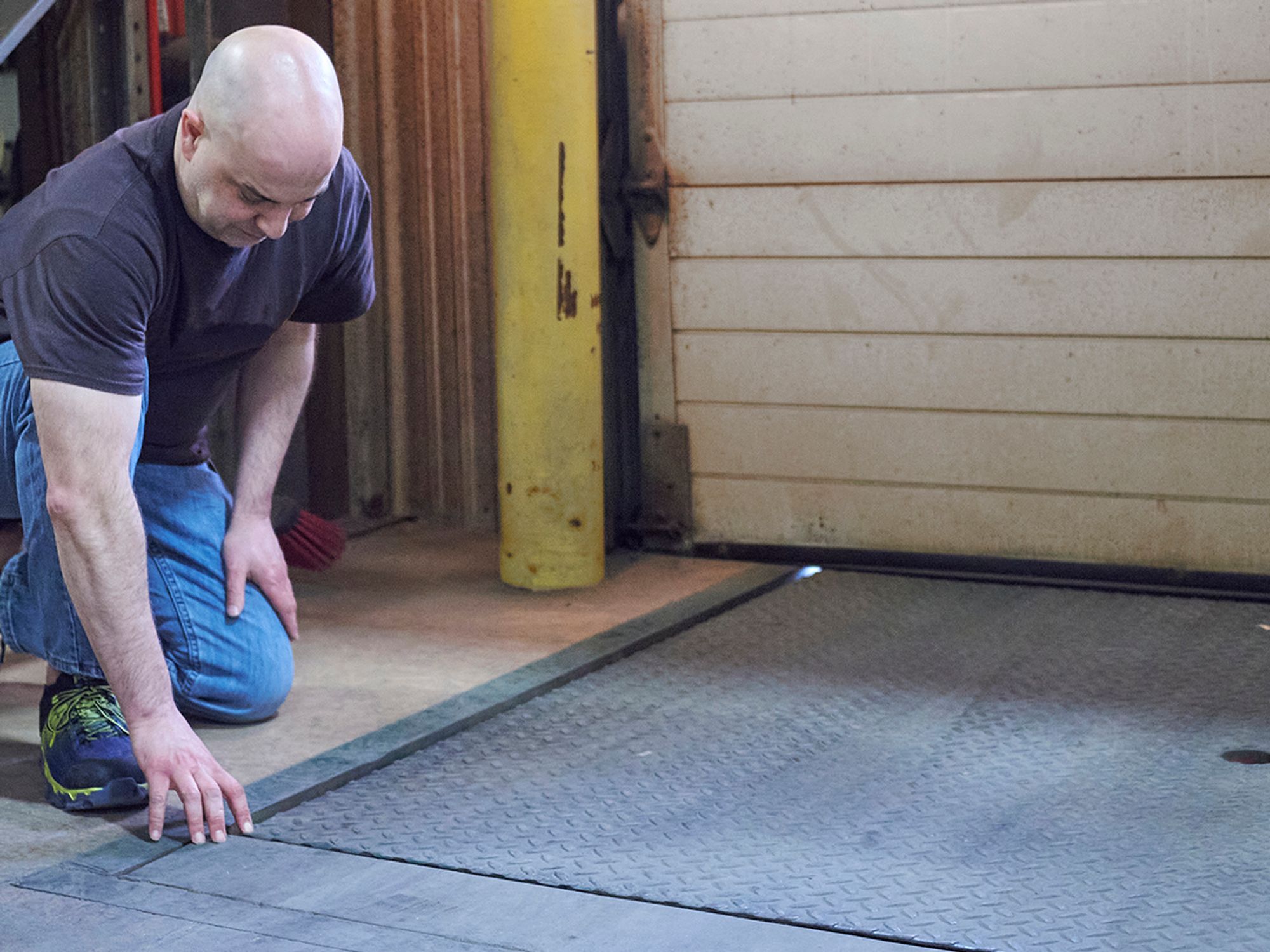Wheel chocks/sand shoes in general industry

- Wheel chocks or sand shoes may be needed to prevent transport vehicles from moving while a dockboard is in use.
The Occupational Safety and Health Administration (OSHA) requires a means (such as wheel chocks or sand shoes) to prevent transport vehicles from moving while dockboards are used. Movement of a transport vehicle while it is being loaded or unloaded can lead to crushing or fall injuries.
OSHA states that relying only on the Federal Motor Carrier Safety Administration (FMCSA)’s brake regulations may not prevent transport vehicles from moving while dockboards are used.
In a compliance directive (STD 01-11-007), OSHA does allow the use of adequate mechanical means to lock the truck to the dock. OSHA views this as a de minimus violation, meaning no monetary fine will be issued.
While current FMCSA standards contain brake regulations that are intended to prevent movement of trailers during loading/unloading of commercial motor vehicles (CMVs), OSHA explicitly maintains authority over:
- Transport vehicles that do not meet the definition of a CMV; and
- CMVs not operated in interstate commerce, which includes CMVs that transport materials on private roads or within a work establishment.
